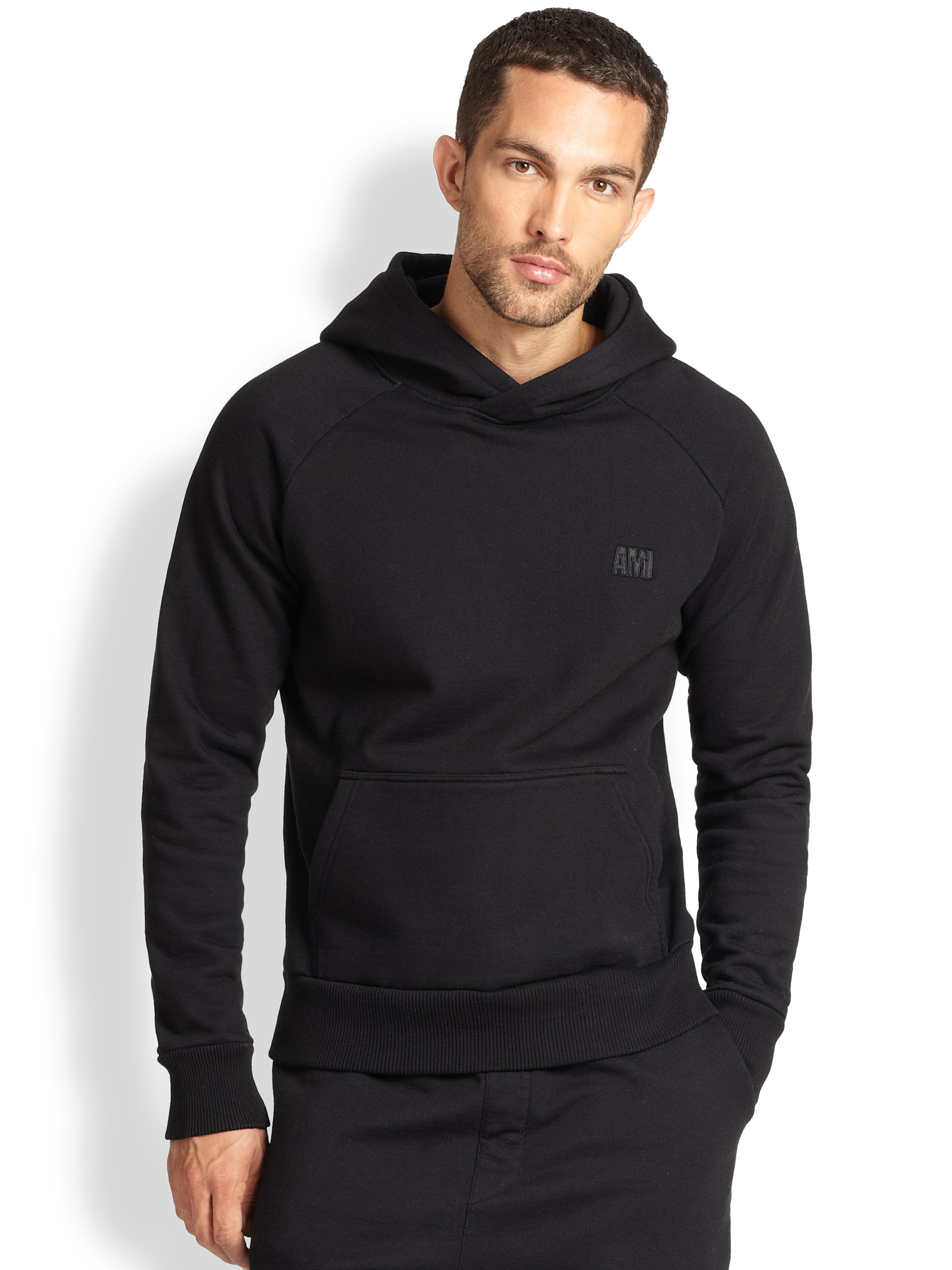What to Consider When Picking the Right Sweatshirt

Sweatshirts are long-sleeved, pullover tops that are constructed from thick cotton fabric. They are typically worn casually and aren't as formal as sweaters or cardigans. They might not come with an hood. If you're thinking of buying a sweatshirt here are a few tips:
Norma Kamali spread the appeal of sweatshirts

Since the late '70s In the late '70s, Norma Kamali has transformed the basic sweatshirt into a work of art. Her designs have become a staple in almost every woman's wardrobe. Her distinctive designs include a tummy-tucking team neckline to leather-paneled sweatshirts . Her clothing is also designed with unusual forms, like tanks with long trumpet skirt.
A collaboration with the brand and the manufacturer of sweatshirts Everlast led to her Timeless line, which was extremely popular when it debuted in the spring catalog of Spiegel. The collection featured interchangeable and convertible knits in classic silhouettes and a lot of items were priced below $20. Even if Kamali's Timeless collection wasn't available in stores, fans could still find these pieces for sale on eBay and Poshmark.
Merino wool sweatshirt s feel more comfortable than soft sweatshirts
Merino wool is known for its moisture-wicking properties that help keep you dry and comfortable. This is a naturally-occurring fiber and also offers a more comfortable feel. The fabric also dries quickly when compared with other natural material. Additionally, merino is a renewable resource. The merino sheep shed their coats every year and regrow new coats.
Merino's weight-to-heat ratio is high, and the warmth of wool is one of the reasons it's popular for sweatshirts. It helps to regulate body temperature thanks to its natural loft, which retains heat in the fibers. This is why Merino wool sweatshirts work perfect for outdoor activities in the summer, like mountain biking, hiking, and running. The warmth they provide helps keep the wearer cool and dry, which is essential for working out.
Zip-front hoodies come with a kangaroo pocket
Kangaroo pocket Hoodies are a very popular type of hoodies. They feature a big pocket in the front, that keeps your hands warm on cold days. They're additionally more practical than conventional pockets, since they allow your hands to slide in and out easily.
The pockets of Kangaroos are typically big enough to hold the wallet, or other small items for personal use. sweatershirt enough to accommodate the palm of a hand that is small, and can even be wide enough to fit two hands. They feature wide openings on either side , and are ideal for carrying small items.
French terry fabric is a very popular material for sweatshirts.
The French terry fabric is made of soft yarns that are made into loops, and are typically medium-weight. It is also known as a fabric that wicks away moisture and is already pre-shrunk. French Terry is an excellent option for sweatshirts since it will keep you warm when you need it and also keeps your cool when you want to cool off.
French Terry is also a popular choice for loungewear, since it is stretchy enough and has enough flexibility to feel comfortable on your skin. It also allows air to circulate around the fabric, making it ideal for layering under other clothing. In addition, because it's lighter than most sweatshirts that you can wear throughout the year without feeling too warm or cold.
Hoodies can be classist.
Although it might appear that hoodies are an appropriate clothing item for people of the working class however, in reality they carry classist connotations. Hoodies were first seen in the 1970s in New York, where graffiti artists wore them to hide their identities. In 1976 the hoodies made their big film debut in "Rocky," when the character from the working class wore grey sweats with hoods during his memorable climb to the top of the Philadelphia Museum of Art.
Hoodies are frequently associated with death, destruction and other unpleasant things, but they serve a practical purpose. For instance, priests and monks can wear hoods to demonstrate respect and a sense of self-control.
